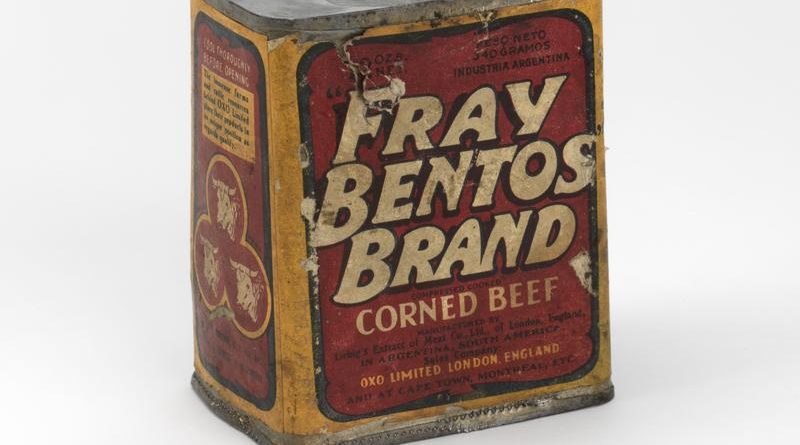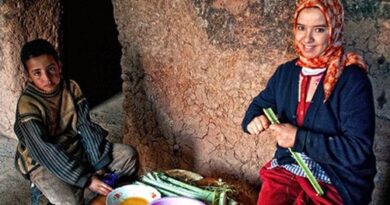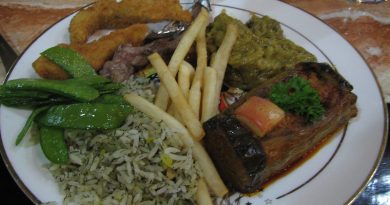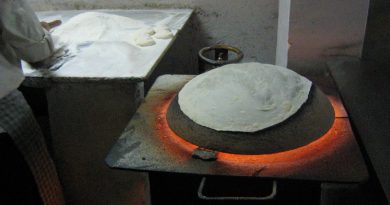Expedition Food: The Story of Frey Bentos and the Beef Stock Cube
In the mid 19th century Georg Giebert, a German engineer working on railways in Uruguay, spotted the potential for using the meat of cattle raised for leather. In 1865 he sent his first 800kg of extract to Europe and followed it to London in search of investment.
In Europe, poor people were having trouble buying meat. Fortunately for them and millions to come after, Justus von Liebig, a German chemist, had a solution. Liebig developed a meat ‘tonic’ which later became the world-renowned stock cube. Giebert and Liebig were obvious partners.
In 1866 a meat extract company was set up in the Uruguayan town of Fray Bentos called Barrio Anglo. An enormous amount of beef was needed to create the extract – 32kg of beef only made 1kg of Liebig’s tonic, but hardly anything went to waste. Blood was used in soil fertilizer, hides made into leather and hooves into glue. Soon, other products emerged as well, and the cattle factory prodded the Río de la Plata’s industrial revolution to life.
Fray Bentos became a huge name all over the world. As canning technology advanced, the Liebig company started to produce corned beef. Used by Captain Scott, the first men on the moon and the British during WW1 Fray Bentos revolutionised expedition food.
In 1887, once canning technology had advanced, the Liebig company started to produce various other canned meats too. In 1883 the first electric lighting in Uruguay was installed there.
The plant’s record year was 1890, when 208,890 animals were killed and almost half of Britain’s meat came from the Southern hemisphere.
In subsequent years the plant’s products were also used by Henry Morgan Stanley, Florence Nightingale, Alcock and Brown, as well as on the first British Everest expeditions
They were also crucial to the British war effort of 1914-1918. One of the early British tanks was code-named ‘Fray Bentos’ because its crew were ‘meat in a can’.Frey Bentos was one of the first companies to use modern marketing techniques
By 1975 the plant was producing 5,000 tonnes of extract per year.
The meat was exported all over the world, but mostly – as colourful labels bearing names like ‘Donald Cook’ and ‘Hereford Corned Beef’ . The factory was the toast of Uruguay – presidents and other dignitaries were regular visitors.
Its fame and success did not last however In 1979, a few years after it was nationalised, the factory closed. Changing trade patterns – notably Britain’s entry into the then Common Market – saw the company’s fortunes decline. In 1987 Uruguay declared Barrio Anglo, the great kitchen of the world which gave food to Europe during more than 130 years , a National Historic Monument and it now houses a museum dedicated to the Industrial Revolution in Uruguay.




